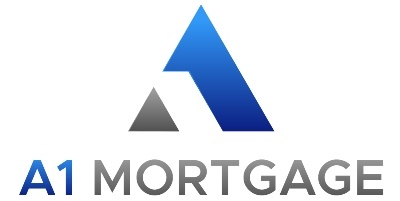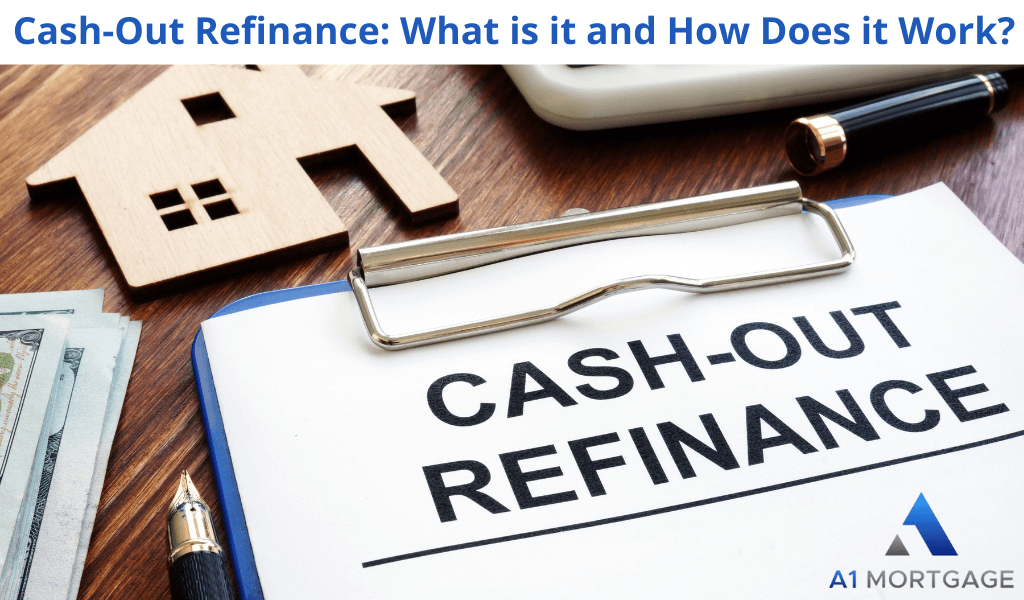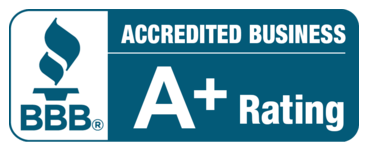Do you have equity in your home that you want to use for significant expenses? If you want to use your equity and lower your monthly mortgage payment at the same time, a cash-out might be an excellent option for you.
In a cash-out refinance, you replace your current mortgage loan with a new one for a higher amount. The difference between what you currently owe and the new loan amount is given to you in cash by your mortgage lender.
Continue reading to learn everything you need to know about a cash-out refinance.
What is a Cash-Out Refinance?
Cash-out refinance is something you can use to simultaneously refinance your mortgage and access any home equity you’ve built up. Using a cash-out refinance lets you replace your current mortgage loan with a new loan bigger than what you already owe for your home. Your new loan will pay off any old loan you have on your home, and you’ll be able to pocket the difference in cash. The difference you keep will be your cash-out which you can use for home improvements, debt consolidation, or any other purposes.
There are a few things to note about cash-out refinances-
- Cash-out refi’s rates can be higher than rates for other types of refinances
- Your specific rate will depend on how much cash you take out, your credit score, and the type of mortgage you have
- You can usually cash out as much as 80% of your home’s value (LTV), but sometimes you can get more.
- Your new loan is bigger, meaning you pay more in overall interest.
- Since mortgage rates are lower than credit card rates or personal loan rates, a cash-out refinance option might make it easier to finance major expenses.
There aren’t any strict rules dictating what you can do with cash-out refinance money. You can use the funds for different purposes or needs as you see fit. However, since your home secures the loan, it’s crucial to spend the money wisely and only on things that will improve your home’s value or make your life more comfortable such as:
- Home renovations or repairs
- Consolidation of high-interest debt
- Making a major purchase
How Does a Cash-Out Refinance Work?
Whenever you opt for a mortgage refinance, you start with a new loan with different terms. Refinancing can be used for various reasons, such as getting a lower interest rate, changing the loan term, or adding or removing a borrower. All of these above goals can be achieved without changing the amount of your existing mortgage.
A cash-out refinance, on the other hand, is different. With a cash-out refinance, you’re taking out a new loan that’s bigger than your existing mortgage loan. This gives you access to the equity in your home to get cashback. The extra cash comes from the difference between what your home is worth and how much you still owe on it.
For example:
– Your home is worth $300,000
– You owe $200,000 on your mortgage
– You do a cash-out refinance for $250,000
This means you’ll have a new loan for $250,000. You’ll use $200,000 to pay off your old mortgage, and you’ll have $50,000 in cash to spend however you want.
It’s important to note that since the amount you can borrow is based on your home’s value, your lender will order an appraisal to determine your home’s worth before approving your loan. If home prices have risen in your area, your property may be worth more than what you paid when you first bought it, thus increasing the amount you can borrow.
Mortgage refinance lenders in Missouri will also require you to have at least 20% equity in your home to be approved for a cash-out refinance. However, this could vary by lender and the type of loan you have.
For instance, if your mortgage is insured by the Federal Housing Administration (FHA), you may be able to refinance up to 85% of your home’s value instead of 80% if you’re not.
What is the Requirement for a Cash-Out Refinance
To get a cash-out refi, you will have to meet specific requirements set by lenders. These can vary, and as always, it’s best to shop around to see which mortgage lenders in Missouri has the best deal for you.
- Debt-to-Income Ratio: Your DTI is your monthly debt obligations, including your mortgage payment divided by your monthly pre-tax income. Most lenders like to see a DTI no higher than 45% for a cash-out refi.
- Credit Score: A higher credit score helps you get a better mortgage rate, but for a cash-out refinance, a score as low as 620 might be accepted by some lenders
- Home Equity: You’ll need to have at least 20% equity in your home to qualify for a mortgage cash-out refinance. In other words, you need to have paid down at least 20% of the loan balance that you currently owe.
- Seasoning Requirement: With conventional loans, regardless of how much equity you have, you’ll be required to own the home for at least six months before you can do a cash-out refinance. Exceptions are made only if you have inherited the property. VA loan cash-out refinances also require 6-month seasoning, but in the case of FHA, cash-out refinances, you need to wait for 12 months.
Is a Cash-Out Refinance a Good Idea?
A cash-out refinance can make sense if you can get a reasonable interest rate and have the discipline to use the money wisely.
Remember, when you take cash out of your home, you increase your loan balance, which can mean paying PMI (private mortgage insurance) if your LTV is over 80%. This additional expense can add hundreds or even thousands of dollars to your monthly payment, so you need to be sure the extra cash is worth it before signing on the dotted line.
A1 Mortgage in Missouri can help you with your cash-out refinance. We offer some of the lowest mortgage rates in the state and a variety of loan options to choose from. So give us a call today and let us help you find the perfect loan for your needs.












